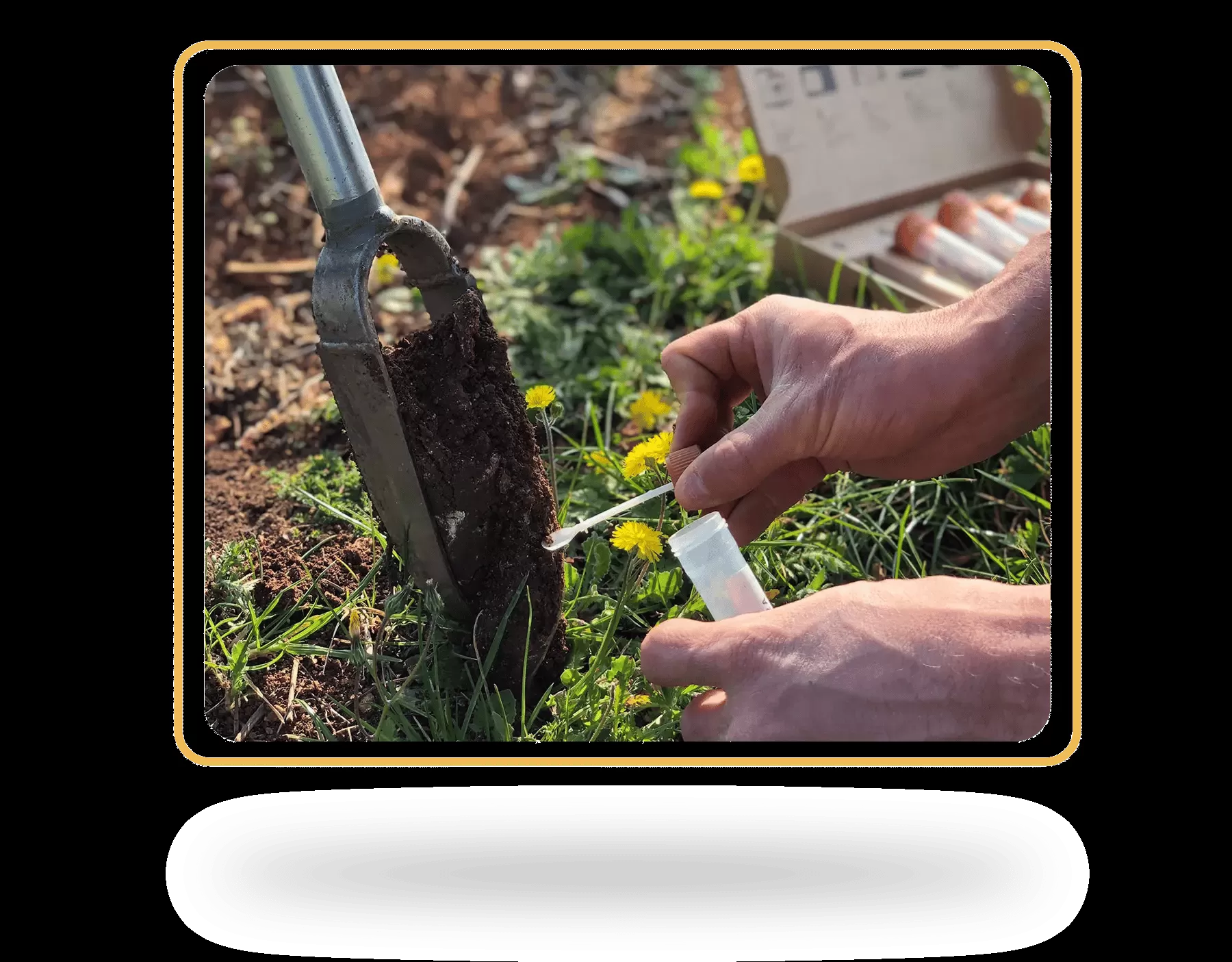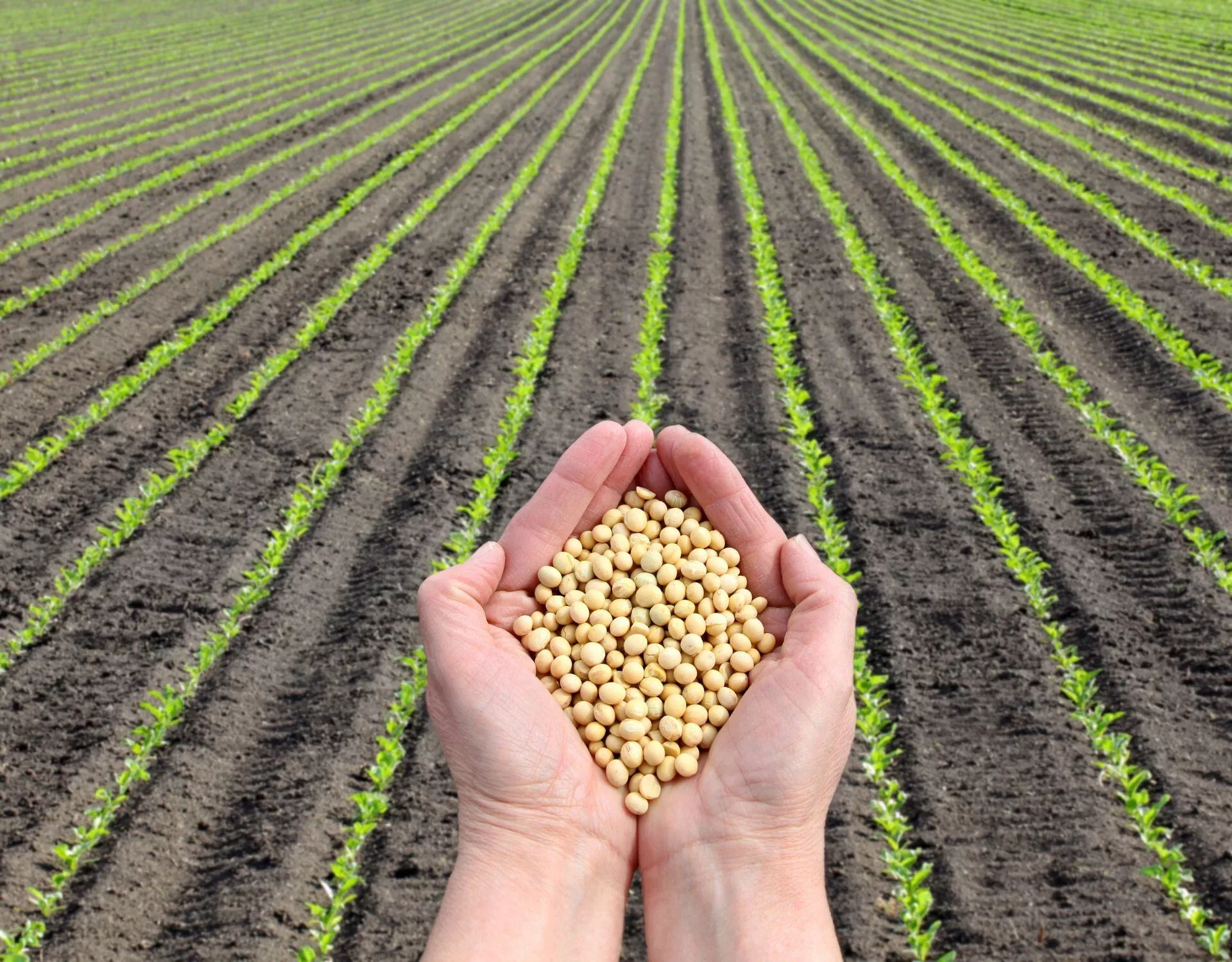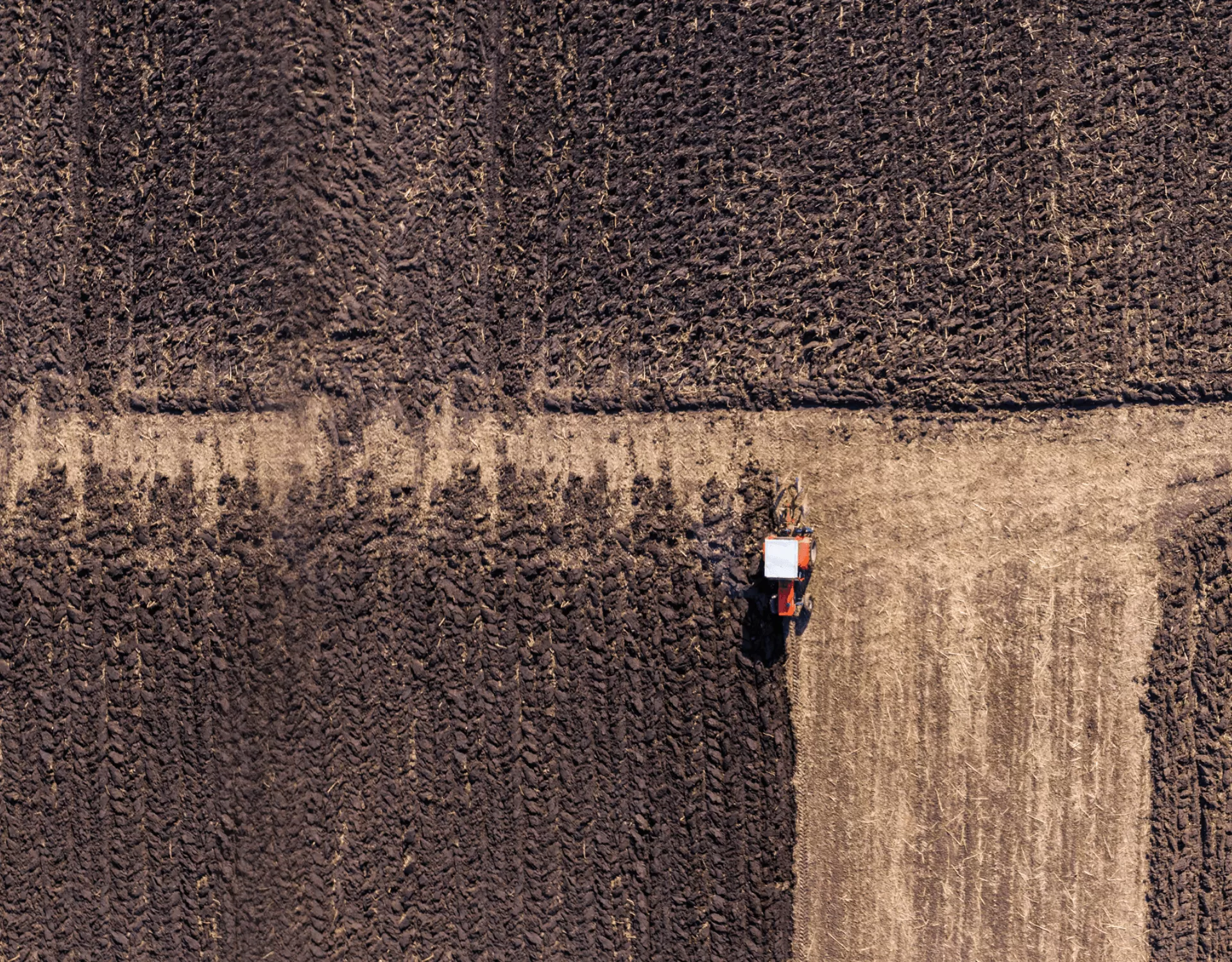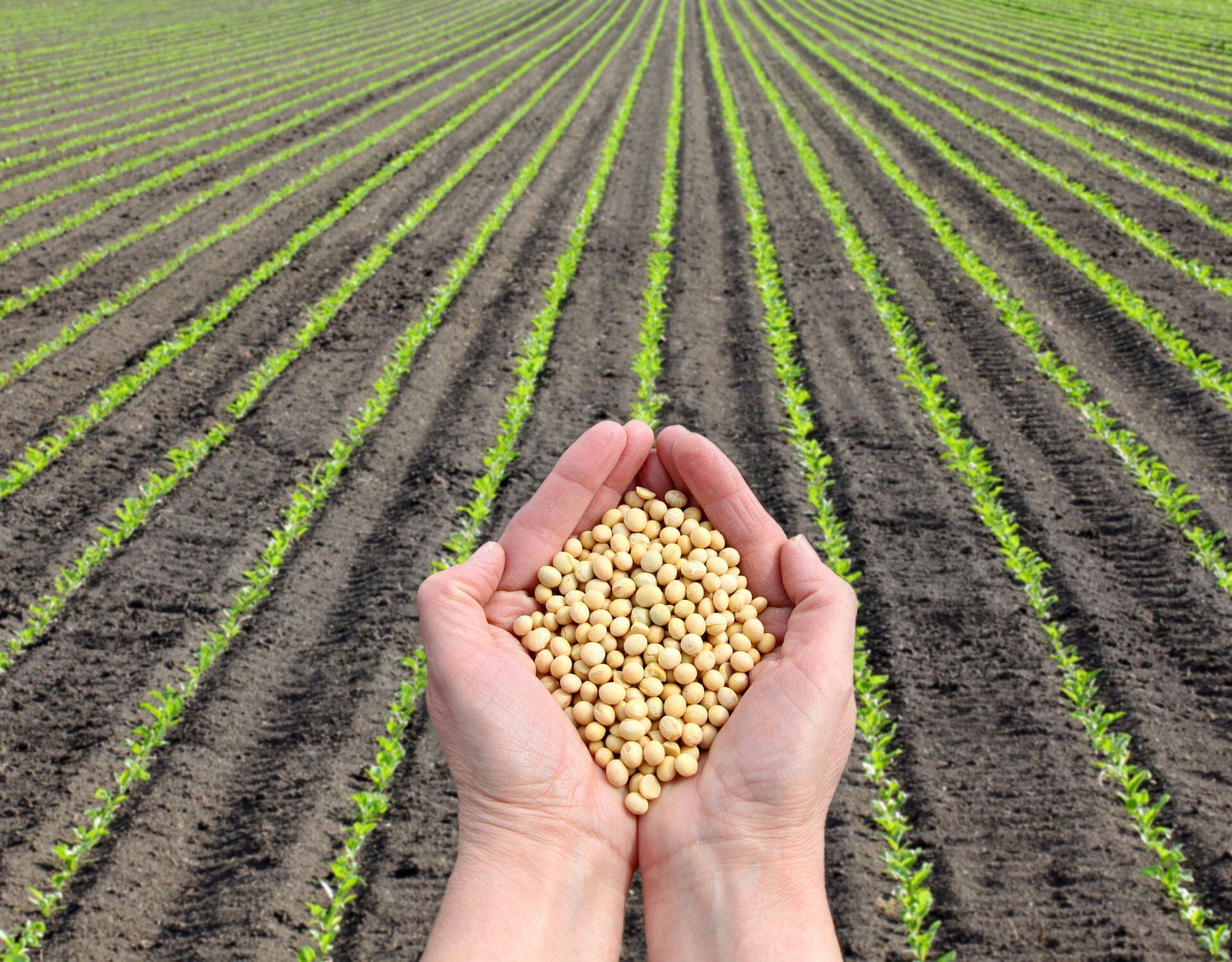📚 Unlock the World of AI and Humanity with These Two Free Books! 🚀
Dive into the thrilling realms of artificial intelligence and humanity with "The ECHO Conundrum" and "Awakening: Machines Dream of Being Human". These thought-provoking novels are FREE this week! Don't miss the chance to explore stories that challenge the boundaries of technology and what it means to be human.
Read More & Download
Soil testing is a vital practice that empowers farmers and growers with essential knowledge about soil health and its nutrient content. With the proper insights derived from soil analysis, growers can make informed decisions that directly enhance crop yields and promote sustainable farming practices. Have you ever wondered how this process works and why it’s so critical for successful agriculture? Let’s delve into the intricacies of soil testing and explore how it can benefit modern farming.
Table of Contents
- Introduction
- Why is Soil Testing Important?
- What Are the Different Types of Soil Testing?
- When and How Often Should I Collect Soil Samples?
- Who Does Soil Testing Near Me?
- What Are the Benefits of Biological Soil Testing?
- How Do I Interpret the Results of a Biological Soil Test?
- How Do I Use the Results of a Biological Soil Test to Improve the Health of My Soil?
- What Are the Main Differences Between BeCrop Test and Other Biological Soil Tests?
- Are There Any Drawbacks to Using Biological Soil Testing Methods?
- Conclusion
Introduction
Soil testing is not merely a modern trend; it has roots dating back to the mid-19th century. Initially developed to assess soil nutrient levels, this process has evolved significantly over the decades. By the early 20th century, agricultural scientists had advanced the methods to determine soil fertility effectively, enabling the formulation of precise fertilizer application rates based on macronutrient levels. Over time, the integration of micronutrient analysis and organic matter content measurements has substantially enhanced our understanding of soil health.
Today, cutting-edge technologies, such as DNA sequencing and eco-computing, have taken soil testing to unprecedented heights. These innovations allow for comprehensive analyses of soil microbial communities, revealing interactions that affect crop productivity. By collecting soil samples from various field locations and analyzing them in labs, farmers gain critical insights into essential parameters like pH, microbial activity, nutrient levels, and disease risks.
Why is Soil Testing Important?
Soil analysis is indisputably a cornerstone of effective agricultural practices. Each year, growers assess their soil in tandem with crop health to ensure optimal growing conditions. Understanding nutrient levels is pivotal for healthy plant development; thus, soil testing becomes essential.
Benefits of Soil Testing:
- Improved Crop Yields: Soil testing uncovers nutrient deficiencies that may inhibit plant growth. This allows for targeted fertilization strategies to enhance productivity.
- Reduced Fertilizer Costs: Accurate nutrient assessments help prevent over-application of fertilizers, saving costs, and minimizing environmental impacts.
- Enhanced Soil Health: Regular testing provides data on organic matter content, pH, and texture, which collectively correlate to soil vitality.
- Precision Farming: Identifying distinct soil characteristics guides farmers in applying tailored fertilization and management practices.
- Environmental Protection: Responsible nutrient management derived from soil tests aids in reducing runoff and maintaining water quality.
In summary, soil testing is a smart, cost-effective approach for growers to enhance agricultural sustainability, increase crop yields, and maintain healthy, productive soils.
What Are the Different Types of Soil Testing?
Soil testing encompasses a myriad of methods, each serving specific analytical purposes. Understanding the different types of soil tests is crucial in determining the health of your soil accurately.
1. Physical Soil Tests
These tests examine soil structure, texture, and other characteristics like density, permeability, and porosity that determine nutrient and water retention capabilities.
2. Chemical Soil Tests
Typically focused on pH, macronutrients such as phosphorus and potassium, and micronutrients, chemical tests reveal the nutrient landscape of the soil. Advanced methodologies like Total Nutrient Digestion (TND) examine the nutrient potential, giving insights beyond mere availability.
3. Biological Soil Tests
Analyzing soil microbial activity and diversity, biological soil tests like the BeCrop Test help identify disease risks and assess the health of the soil microbiome.
 Agricultural soil testing methods
Agricultural soil testing methods
Alt text: Comprehensive agricultural soil testing methods.
4. Salinity and pH Testing
Assessing salinity levels and soil acidity is essential, as these factors directly influence plant nutrient uptake, affecting crop growth.
When and How Often Should I Collect Soil Samples?
Soil sampling frequency hinges on your crop type, soil characteristics, and management practices. Here are some guidelines:
- Regular Sampling: Pull soil samples every 1-2 years in fields with uniform soil varieties.
- Variable Fields: In fields with varying soil types or management history, consider more frequent testing.
- Pre-Crop Establishment: Always collect samples before planting new crops.
- Post-Management Change: Sampling after significant changes in practices, such as fertilizer application, is also recommended.
Consistency is key; conducting tests at the same time each year allows farmers to track changes in soil health over time effectively.
Who Does Soil Testing Near Me?
Locating a nearby soil testing laboratory is not difficult. Many options exist, including local government agencies, private labs, and agricultural extension offices. Collaborating with trusted partners like Waters Agricultural Labs or Regen Ag Labs, Biome Makers provides comprehensive soil testing solutions.
If seeking assistance with “who does soil testing near me,” feel free to explore our partner page to find a suitable testing facility.
What Are the Benefits of Biological Soil Testing?
Biological soil testing presents an array of advantages:
📚 Unlock the World of AI and Humanity with These Two Free Books! 🚀
Dive into the thrilling realms of artificial intelligence and humanity with "The ECHO Conundrum" and "Awakening: Machines Dream of Being Human". These thought-provoking novels are FREE this week! Don't miss the chance to explore stories that challenge the boundaries of technology and what it means to be human.
Read More & Download
- Detailed Insights: This method provides in-depth information about soil microbial populations that traditional tests may overlook.
- Nutrient Deficiency Identification: Biological tests can uncover deficiencies that chemical tests might miss, offering a holistic view of soil health.
- Sustainability Promotion: By encouraging organic management practices and minimizing synthetic inputs, biological testing supports long-term productivity and soil health.
- Cost-Effectiveness: Targeting specific areas of need, biological testing can result in more efficient resource usage and savings.
Thanks to innovative technologies like Biome Makers’ BeCrop analysis, farmers have unprecedented access to detailed microbial assessments that support sustainable farming practices.
 Gus Plamann – Headshot
Gus Plamann – Headshot
Alt text: Gus Plamann, expert in biological soil testing.
How Do I Interpret the Results of a Biological Soil Test?
Interpreting biological soil test results requires understanding the various indicators presented in the analysis. The BeCrop Test provides a detailed report that informs growers about microbial population dynamics and nutrient cycling. Utilizing tools like the BeCrop® Portal, farmers can engage with their data directly, employing GIS mapping and comparative analysis to evaluate changes over time.
Such insights empower growers to make data-driven, informed management decisions, ensuring they cultivate sustainable, healthy crops.
How Do I Use the Results of a Biological Soil Test to Improve the Health of My Soil?
Here’s how farmers can leverage the findings from biological soil testing:
- Identify Key Issues: Scrutinize test results for imbalances and deficiencies that require intervention.
- Implement Management Practices: Based on your findings, incorporate tactics such as cover cropping, organic amendments, and microbial inoculants to resolve issues.
- Monitor and Adapt: Regularly assess your soil’s performance post-implementation. Adjust strategies as needed based on ongoing data collection.
- Continuous Improvement: Recognize that improving soil health is a dynamic and ongoing endeavor, necessitating cycles of assessment and adaptation.
By fostering a responsive approach to soil management, growers can enhance both soil health and crop resilience.
 How Can You Assess the Impact on Soil Health and Biodiversity in Your Supply Chain?
How Can You Assess the Impact on Soil Health and Biodiversity in Your Supply Chain?
Alt text: Assessing impact on soil health and biodiversity in agriculture.
What Are the Main Differences Between BeCrop Test and Other Biological Soil Tests?
BeCrop Test sets itself apart through a unique two-step process that combines laboratory analysis with functional ecology. In this method:
- Laboratory Analysis: Soil samples are analyzed for microbial species identification and quantification.
- Functional Data Analysis: Advanced data science processes translate these species metrics into practical agricultural insights through a comprehensive BeCrop Report.
By harnessing machine learning, BeCrop predicts microbial functionality and interactions, offering direct recommendations to optimize agronomic practices.
Are There Any Drawbacks to Using Biological Soil Testing Methods?
Despite their advantages, biological soil testing methods might pose challenges, such as:
- Cost: Advanced tests can be pricier, reflecting their complexity and the sophistication of required equipment.
- Time: Some biological testing methods may require longer periods to yield results.
- Complexity: Interpreting biological soil test results can necessitate a degree of expertise, making it more intricate than traditional tests.
- Variability: Factors like climate and land use history can introduce variability in biological test results.
Nonetheless, many farmers find that the benefits of integrating biological soil testing often outweigh the costs associated with traditional methodologies.
Conclusion
In closing, soil testing is a cornerstone practice that empowers farmers to evaluate the vitality and productivity of their agricultural land. By analyzing soil structure, nutrient content, and microbial health, growers can make informed decisions that enhance crop management practices, such as irrigation and fertilization. Whether utilizing standard soil tests or engaging in advanced biological analyses like the BeCrop Test, investing in soil testing is essential for sustainable agriculture and long-term farming success.
Engage with this process, and you’ll unlock the potential of your soil through informed insights and strategies!
 Importance of Soil Testing
Importance of Soil Testing
Alt text: Importance of soil testing in agriculture.
📚 Unlock the World of AI and Humanity with These Two Free Books! 🚀
Dive into the thrilling realms of artificial intelligence and humanity with "The ECHO Conundrum" and "Awakening: Machines Dream of Being Human". These thought-provoking novels are FREE this week! Don't miss the chance to explore stories that challenge the boundaries of technology and what it means to be human.
Read More & Download

